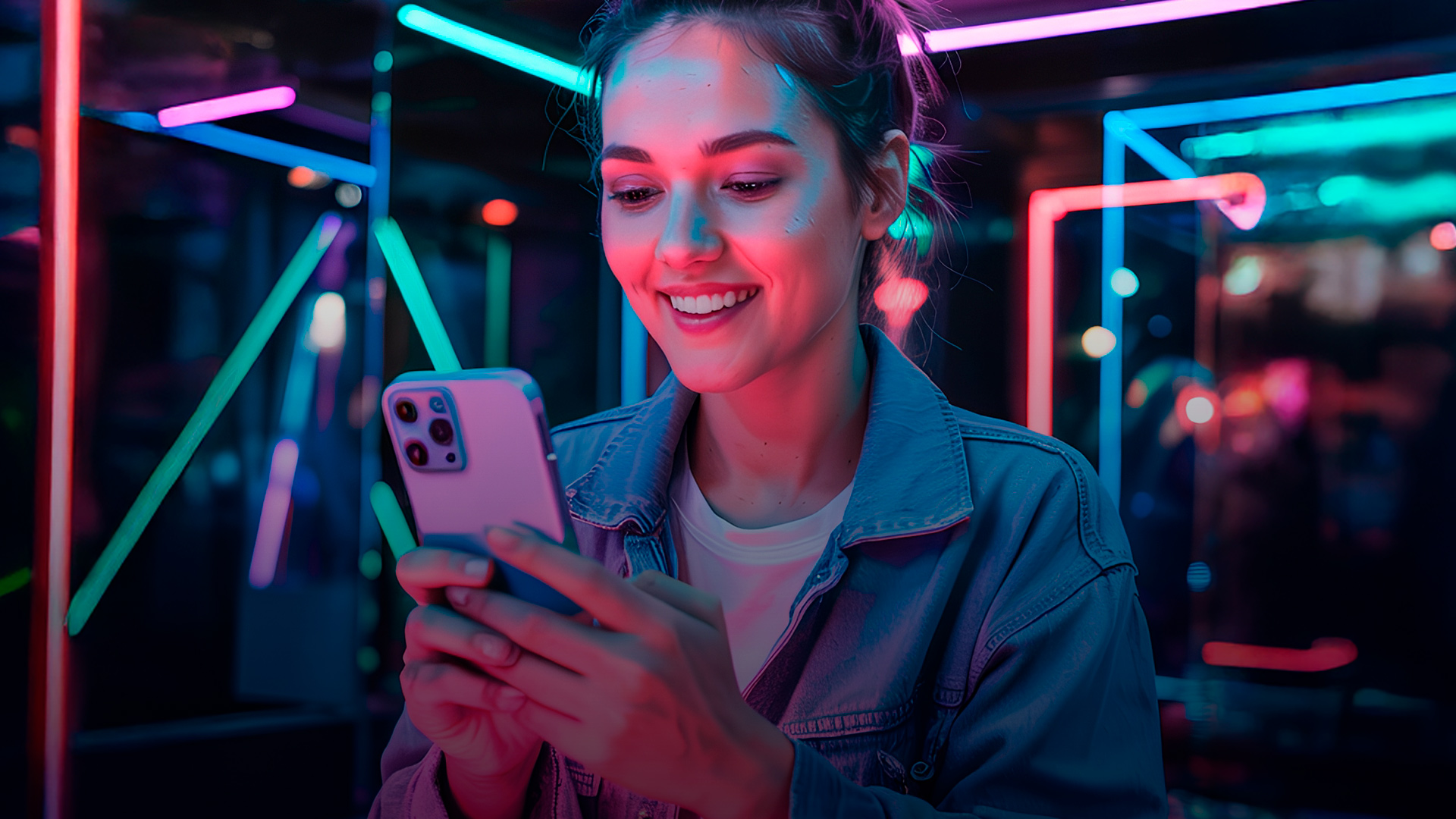Jelly – Digital Agency
In 2025, UGC has established itself as a powerful tool for building trust and creating bonds between brands and consumers. This evolution reflects a transformation in the way brands communicate and position themselves in the market, moving from being content creators to facilitators of genuine experiences.
In this article, we’ll explore how UGC is redefining marketing strategies, driven by technology and the growing demand for authenticity.
What is UGC and why is it important?
According to Henning-Thurau et al., 2004, User-generated content or UGC refers to any positive or negative testimonial made by former, actual or potential customers about a product or institution that is distributed online to a large number of people or organisations. However, we must emphasise that UGC, unlike traditional content, stands out for its authenticity and proximity, which makes it especially valuable for modern consumers.

For brands, UGC represents an opportunity to connect with their audience in a direct and humanised way. The spontaneous creation of content by consumers conveys a sense of transparency that is often lacking in conventional advertising campaigns. Instead of investing in highly elaborate and staged productions, brands can benefit from real content that reflects authentic experiences and resonates with audiences.
Why is UGC growing?
UGC has been showing steady growth. A recent study by the Capgemini Research Institute, entitled ‘What Matters to Today’s Consumer 2025’, reveals that the number of consumers on social media who seek advice from influencers has risen from 50 per cent the previous year to 70 per cent today. Several factors contribute to the continued increase in the use of user-generated content, such as:
- Growing scepticism towards traditional advertising: as consumers become more critical and selective, they come to value content that they consider authentic and relevant.
- Popularisation of social networks and ease of content creation: platforms such as Instagram, TikTok and YouTube promote the sharing of experiences, allowing anyone to become a content creator.
- Technological advances, such as Artificial Intelligence (AI), which make it easier to curate and personalise content: AI tools enable brands to quickly identify the most relevant content and ensure that it is aligned with the communication strategy.

According to a study by GeistM, a digital marketing and technology agency, 85 per cent of consumers trust UGC more than content produced by brands and 70 per cent say that this type of content directly influences their purchasing decisions. This data demonstrates the growing importance of incorporating UGC into marketing strategies, as authentic content created by consumers not only strengthens trust in the brand, but also has a direct impact on purchasing decisions, generating more effective and lasting results. The data shows that it is increasingly crucial to include UGC in marketing strategies.
Benefits of UGC for brands and businesses
UGC is a powerful tool for brands and businesses that want to build authentic and relevant connections with their audiences. By encouraging consumers to share their experiences, opinions and creations, brands increase credibility, promote engagement and create genuine, vibrant communities. In addition, UGC reduces content production costs and strengthens consumers’ identification with the brand, creating a sense of belonging and loyalty.
Let’s explore the main benefits of this strategy and how some brands have made the most of its potential:
- Increasing credibility and building trust
UGC offers genuine social proof, reinforcing trust in the brand. According to a Nielsen study, 88 per cent of consumers trust recommendations from people they know.
Example of success: Gymshark, a British sportswear brand, has achieved success by building an authentic community through UGC and influencer marketing. The brand organises face-to-face events and collaborates with influencers who share its values, which strengthens the relationship with consumers. Inspiring customers to share their own experiences is Gymshark’s focus, in order to increase authenticity and organic reach. This approach has been key to the growth and loyalty of the brand’s audience. - Engagement and community building
UGC not only involves consumers, but also turns them into brand ambassadors. Brands like GoPro and Nike use user-generated content to build emotional bonds, fostering a genuine and lasting connection. An effective way of building active and engaged communities is to develop campaigns that motivate consumers to share their experiences.For example, Coca-Cola’s ‘Share a Coke’ campaign personalised cans with common names to encourage consumers to share photos with their own names. The success was notable, with millions of shares around the world. - Optimising resources and reducing costs

Producing your own content can be expensive and time-consuming. According to a study by Keevee, by taking advantage of UGC, brands can save up to 50 per cent on production costs and double their return on investment (ROI) compared to traditional content. - Personalising experiences with AIUsing AI to analyse UGC makes it possible to create highly personalised campaigns, segmenting audiences based on their preferences and behaviours. Tools such as Stackla and Yotpo allow brands to identify the most impactful content, improving the effectiveness of campaigns.According to Skeepers, the European leader in shopper engagement solutions, hyper-personalised UGC produces an increase of up to 29% in conversion rates, showing that consumers respond positively to content that aligns with their preferences.
- Crisis management and transparency
Sharing authentic consumer experiences during a crisis can help mitigate damage to a brand’s reputation. By encouraging customers to share feedback, especially about failures and how they were resolved, brands demonstrate transparency and a commitment to continuous improvement.
Future trends and best practices
The future of digital communication involves the growing adoption of artificial intelligence to curate and moderate content, guaranteeing the quality and safety of interactions. The use of short, authentic videos is on the rise, taking advantage of emerging platforms such as BeReal and Lemon8, which promote a more genuine and dynamic environment.
User-generated content is gaining prominence in sustainability campaigns, promoting ecological and community practices, and its application goes beyond the digital environment, being integrated into physical actions and personalised packaging. Partnerships with influencers also follow this line, integrating UGC to reinforce authenticity and create more genuine connections with the public.
In conclusion, UGC is not just a passing trend, but a consolidated strategy that continues to evolve as technology advances. The brands that best capitalise on this approach will be at the forefront of digital communication, cultivating strong and loyal communities through authenticity and collaboration. Harnessing the potential of UGC with AI tools will ensure a more agile, personalised and effective approach in 2025 and beyond.










